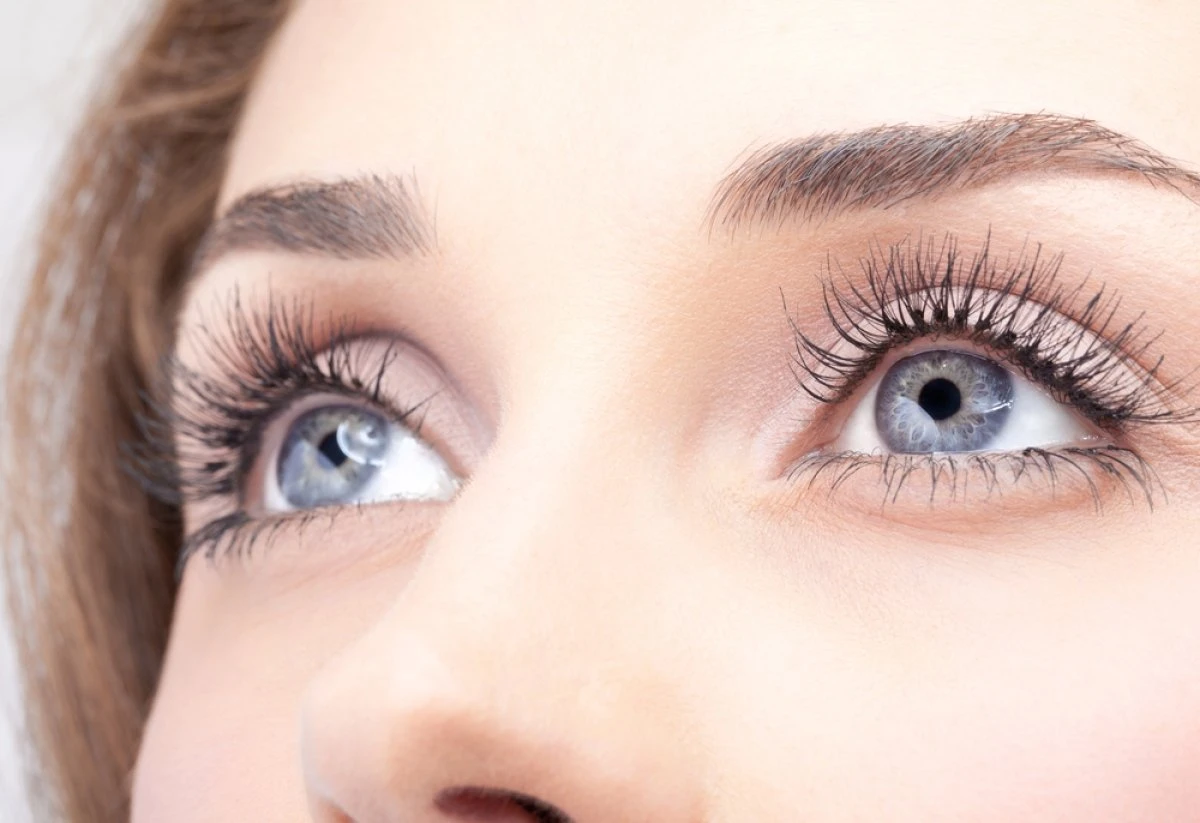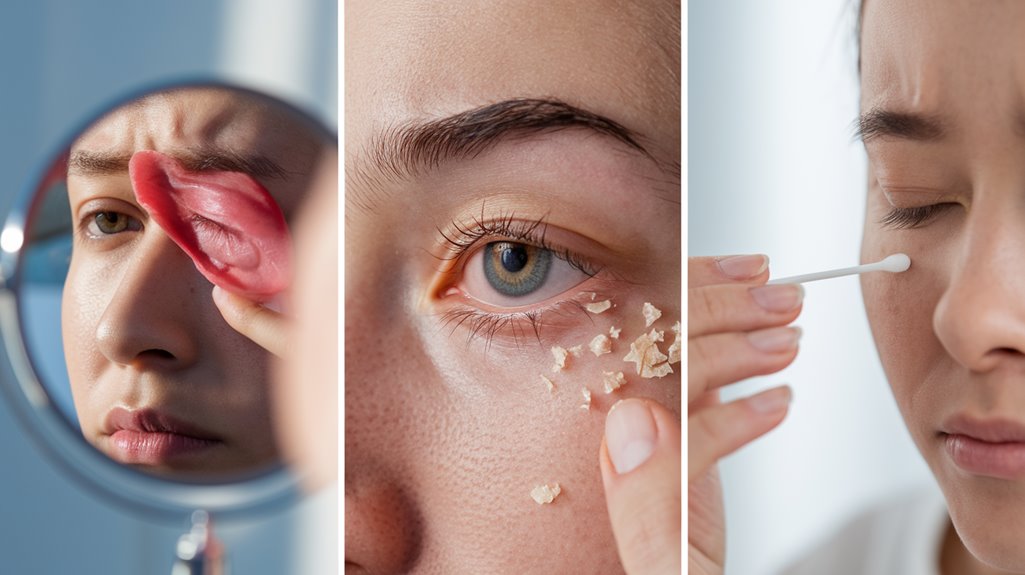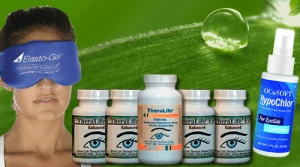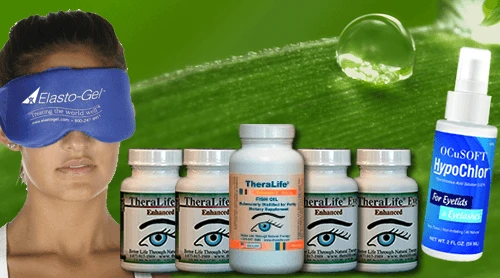To effectively recognize blepharitis symptoms, observe for redness and swelling around your eyelids, especially along the margins. Notice any crustiness or flaking at the lash line where your eyelashes meet the skin, particularly in the morning. Be attentive to persistent eye discomfort such as itching, burning, or a gritty feeling. If these symptoms seem familiar, TheraLife can offer beneficial solutions. TheraLife’s products are designed to help alleviate blepharitis symptoms by promoting eye health and reducing inflammation. Their natural supplements and treatments aim to address underlying issues, providing relief and improving eye comfort. For more details on managing blepharitis effectively, explore TheraLife’s offerings and discover how their targeted approach can benefit you.
Best Blepharitis Treatment From TheraLife- When Drops Don’t Work.
Key Takeaways
- Observe persistent redness and swelling around the eyelids, especially if not relieved by simple eye rest or allergy treatment.
- Check for crustiness and flaking at the eyelash base, particularly yellowish or whitish scales adhering to lashes.
- Note ongoing eye irritation, such as itching, burning, or a gritty sensation, that worsens on waking or after visual tasks.
- Monitor for chronic, recurring symptoms despite maintaining basic eye hygiene practices.
- Seek professional evaluation if basic eyelid cleaning does not resolve symptoms, as differential diagnosis with other eye conditions may be needed.
Noticing Redness and Swelling Around the Eyelids
Redness and swelling of the eyelids, though commonly associated with blepharitis, aren’t always reliable indicators of this condition. You might notice your eyelids appear puffy or inflamed, but these symptoms can overlap with other ocular disorders like conjunctivitis or allergies. Accurate diagnosis requires assessment of additional findings, as inflammation alone isn’t specific to blepharitis. If you experience persistent redness and swelling, it’s important to consult an eye care professional for a thorough examination. They’ll evaluate your full symptom profile and may recommend improvements in eyelid hygiene as a foundational intervention. Treatment options frequently include warm compresses and gentle lid scrubs to remove debris and reduce bacterial load. Only targeted therapies, based on definitive diagnosis, will optimize your outcomes and minimize recurrence. Inflammatory cytokines, such as IL-1beta, TNF-alpha, and IL-8, play a significant role in the immune mechanisms underlying blepharitis and dry eye disease.
Identifying Crustiness and Flaking at the Lash Line
Beyond noticeable eyelid swelling, you should pay close attention to any crustiness or flaking at the lash line, as these findings often serve as hallmark features of blepharitis.
When examining your eyes, look closely for crusty lashes, particularly at the base where the eyelashes meet the skin. You may notice yellowish or whitish scales adhering to the lashes, or experience debris that resembles dandruff on your eyelids.
Flaky eyelids typically indicate abnormal shedding of skin cells due to chronic inflammation of the eyelid margins. Identifying these signs during your routine hygiene or with a magnifying mirror can assist in early detection.
Persistent crustiness or flaking—especially if present upon waking—strongly suggests an underlying blepharitis process requiring further assessment by your healthcare provider.
Consistent eyelid hygiene practices can significantly reduce the occurrence of blepharitis and help manage symptoms effectively.
Observing Persistent Eye Irritation and Discomfort
If you experience ongoing eye irritation—such as itching, burning, or a gritty sensation—this persistent discomfort often signals blepharitis.
Pay close attention to symptoms like itchy eyelids and watery eyes, as these commonly accompany the condition and may persist even with routine eye care. Often, you’ll notice these sensations are worse upon waking or after prolonged visual tasks.
Although occasional irritation can occur from environmental factors, discomfort that doesn’t resolve or recurs frequently points to an underlying issue like blepharitis.
Research indicates that chronic inflammation at the eyelid margins leads to these symptoms. Eyelid hygiene is crucial for managing symptoms and preventing the condition from worsening.
Document when you experience irritation and whether it’s associated with other findings, such as crusting. This information will help your eye care professional diagnose blepharitis early for effective management and symptom relief.
Best Blepharitis Treatment From TheraLife- When Drops Don’t Work.
Frequently Asked Questions
Can Blepharitis Lead to Vision Problems if Left Untreated?
If you leave blepharitis untreated, you can develop vision complications.
Chronic inflammation may disrupt tear film quality, leading to blurry vision or dry eye syndrome. In severe cases, untreated blepharitis can contribute to corneal damage, ulcers, or even scarring, which impacts visual acuity.
Medical evidence shows that early intervention prevents progression.
Are There Any Lifestyle Habits That Worsen Blepharitis Symptoms?
While good hygiene practices can ease blepharitis, poor eyelid care and touching your eyes with unwashed hands can make symptoms worse.
On the other hand, relaxing with effective stress management helps, but chronic stress may exacerbate inflammation.
Consistently skipping lid hygiene or using harsh cosmetics increases irritation, too.
Evidence shows you can reduce flare-ups by gently cleaning lids, managing stress, and avoiding potential irritants.
Your daily habits play a significant role in symptom control.
Is Blepharitis Contagious Between Individuals?
You might wonder about blepharitis transmission. Rest assured, it’s not considered directly contagious between individuals.
The condition usually results from bacteria that naturally live on your skin or from inflammatory skin disorders.
However, poor hygiene practices—like sharing towels or cosmetics—can theoretically promote the spread of bacteria or mites, potentially worsening symptoms.
To minimize any risk, maintain rigorous eyelid hygiene and avoid sharing personal eye-care items as part of your daily routine.
How Can Diet Affect the Occurrence of Blepharitis?
If you ate mountains of junk food daily, your eyelids would revolt with a symphony of inflammation.
Diet absolutely impacts blepharitis. By incorporating dietary changes—like eating more omega-3 fatty acids and reducing processed foods—you boost your body’s ability for inflammation reduction.
Evidence shows healthier diets can decrease eyelid irritation and support tear production.
Can Children Develop Blepharitis or Is It Only Adults?
You should know that children can develop blepharitis, not just adults.
Blepharitis causes in kids are often linked to bacterial infections, skin conditions like seborrheic dermatitis, or allergies.
Pediatric symptoms might include red, swollen eyelids, crusting at the lash line, itching, and occasional tearing.
Don’t overlook these signs, since early recognition and intervention greatly reduce the risk of complications like conjunctivitis or changes in vision, as clinical studies indicate.
Best Blepharitis Treatment From TheraLife- When Drops Don’t Work.
Conclusion
Recognizing blepharitis early is crucial for managing symptoms and preventing complications. If you find yourself waking up with crusty debris at your lash line, red eyelids, and persistent eye irritation like Sarah, it’s time to take action. By staying vigilant to redness, swelling, and discomfort, you can quickly identify the signs. TheraLife’s products offer an effective solution for those struggling with blepharitis. Their comprehensive approach not only alleviates symptoms but also addresses the root cause, promoting long-term eye health. TheraLife’s natural, science-backed products help prevent chronic inflammation, minimize discomfort, and protect your eye health, ensuring you maintain clear and comfortable vision over time.





